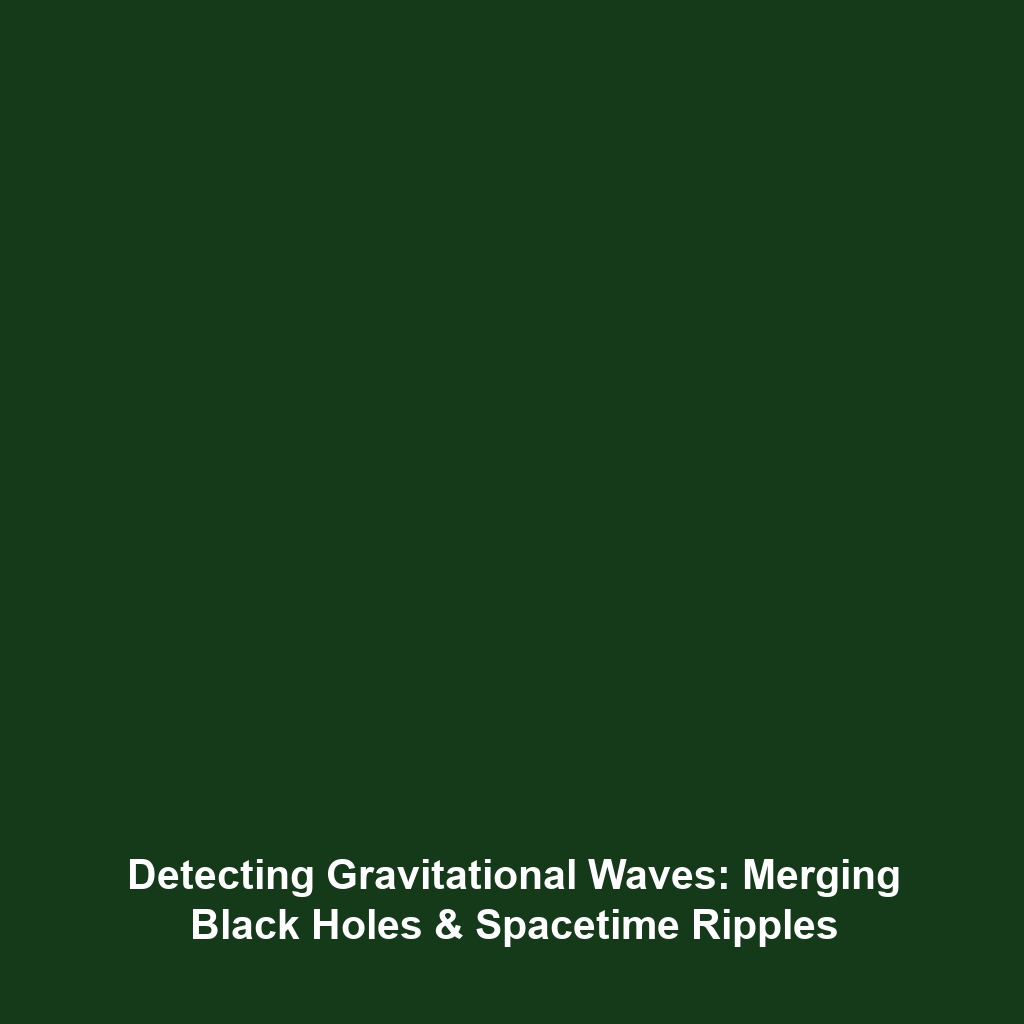Possible Locations of Intermediate Black Holes
Introduction
The search for intermediate black holes (IMBHs) is pivotal for understanding the evolution of astronomical structures and black hole categorization. Ranging from 100 to 100,000 solar masses, these enigmatic objects bridge the gap between stellar black holes and supermassive black holes found in galactic centers. Identifying possible locations of intermediate black holes can unveil significant insights into dark matter, galaxy formation, and the dynamics of cosmic events.
Key Concepts
Definition of Intermediate Black Holes
Intermediate black holes are theorized to form through various processes, such as the merger of smaller black holes or the direct collapse of massive stars. Understanding their locations is critical as they may reside within star clusters or at the centers of dwarf galaxies.
How IMBHs Fit into the Study of Black Holes
Intermediate black holes play an essential role in the broader classification of black holes, which includes stellar black holes, mid-range IMBHs, and supermassive black holes. Their existence could provide answers to key questions regarding the ultimate fate of massive stars and the growth processes of larger black holes.
Applications and Real-World Uses
Identifying the possible locations of intermediate black holes holds significant implications for astrophysical research and technology:
- How IMBHs are Used in Astrophysical Models: Understanding their formation and dynamics helps refine models of galaxy evolution.
- Applications of IMBH Research in Astrophysics: Insights from studies can influence gravitational wave research, especially concerning black hole mergers.
Current Challenges
Although research into intermediate black holes is progressing, several challenges persist:
- Challenges of Identifying IMBHs: Their elusive nature makes direct observation difficult, requiring advanced detection techniques.
- Issues in Data Interpretation: Ambiguities in data can lead to misclassifications of black holes, complicating the understanding of their locations.
Future Research and Innovations
Future studies are expected to focus on innovative observational techniques and theoretical models:
- Breakthroughs in gravitational wave astronomy may provide new information regarding the mergers of IMBHs.
- Next-gen space telescopes are projected to enhance our capability to scan the universe for signs of intermediate black holes.
Conclusion
In summary, the possible locations of intermediate black holes remain a significant and enigmatic area of study within the realm of black hole research. As investigations continue, understanding IMBHs could lead to groundbreaking discoveries about the universe. For further reading on this topic, consider exploring our articles on black hole formation and gravitational waves.




